Research Interest - Dendrimer Chemistry
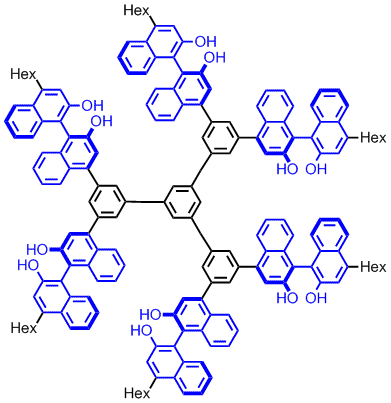
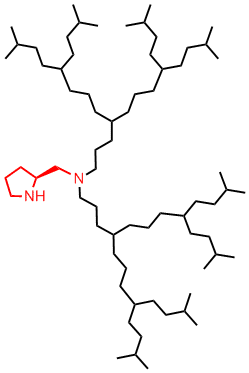
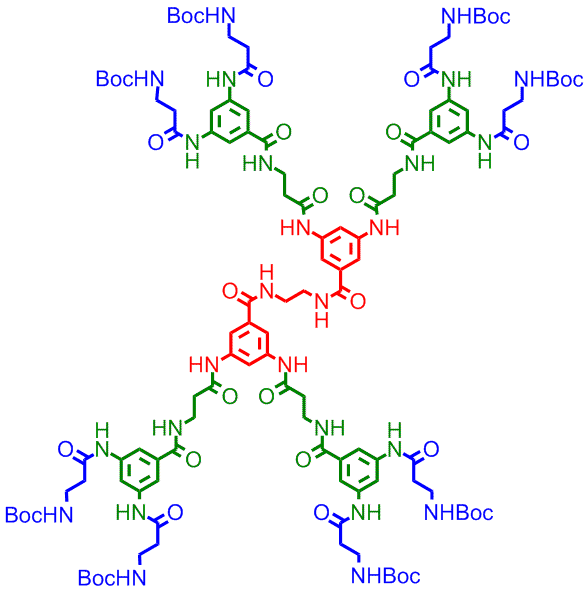
(L to R): Structure of a chiral dendrimer, a chiral dendritic catalyst and a peptide dendrimer
Dendrimer Chemistry
Dendrimer 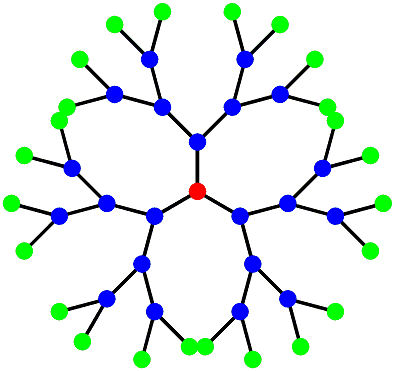
Dendrimer is a special type of polymer molecule that contains many branching in its architecture. While conventional linear polymer molecules where they can have different sizes and shapes due to their polydispersity nature and backbone conformational flexibility, dendrimer molecules, in contrast, ususally possess defined size and shape. In particular, when the size of the dendrimer is getting bigger and bigger, it will gradually transform into a globular structure. Hence, dendrimers are ideal macromolecular building block towards the synthesis of many higher order, yet structural defined nanoscopic materials.
Synthesis 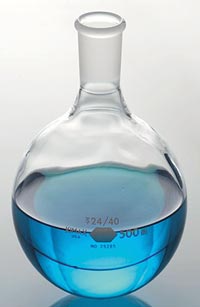
The ability to synthesize dendrimers in high yields, great efficiencies and good purities is of great importance. They are mostly prepared either by the convergent or divergent synthetic strategies. We developed the synthesis of some useful polyether dendrons[1] and other new synthesis methodologies, namely dendrimer metathesis and postdendrimerization modification that can facilitate the preparation of certain classes of dendritic structure[2].
Functional Dendrimer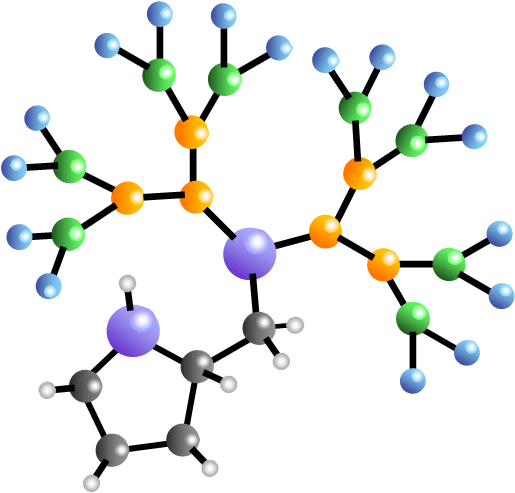
A functional dendrimer[3] can be prepared if one incorporates interesting functionality inside a dendrimer skeleton. For examples, we have constructed catalytically active dendrimers[4] that are capable of promoting Diels-Alder reaction, chiral catalytically active dendrimers that can be used for enantioselective Diels-Alder reaction[5], aldol condensation and nitro-Michael addition reaction[6], redox-active metallodendrimers[7] as mimics of metalloproteins, amino acid based dendrimers as protein models[8] and chiral dendrimers with interesting chiroptical properties[9].
Higher Order Dendritic Architectures 
We are also interested in using dendrimers as building blocks towards the construction of higher order dendritic structures. For examples, we used surface bifunctional dendritic macromonomers[10] for the preparation of poly(dendrimer)s. These are nanoscopic structures with a necklace-like architecture. Insoluble poly(dendrimer) network structures[11] could also be formed when trifunctional dendritic macromonomers were used as the building blocks.
References:
[1] (a) Tetrahedron Lett. 1995, 36, 8633; (b) Tetrahedron 1996, 52, 4277; (c) Tetrahedron 1998, 54, 13813.
[2] J. Am. Chem. Soc. 2004, 126, 12907.
[3] Tetrahedron 1998, 54, 8543.
[4] (a) Macromolecules 1997, 30, 1228; (b) J. Org. Chem. 1997, 62, 5116.
[5] Helv. Chim. Acta 2002, 85, 3444.
[6] J. Org. Chem. 2009, 74, 5181.
[7] (a) Eur. Mass Spectrom. 1995, 1, 371; (b) Chem. Eur. J. 1996, 2, 1085; (c) Tetrahedron 2001, 57, 1565.
[8] (a) Chem. Eur. J. 2001, 7, 686; (b) Tetrahedron 2003, 59, 3815; (c) Chem. Eur. J. 2005, 11, 5817; (d) Tetrahedron 2005, 61, 11279.
[9] (a) Tetrahedron Lett. 1994, 35, 3547; (b) J. Chem. Soc., Perkin Trans. 1 1994, 2223; (c) J. Chem. Soc., Chem. Commun. 1996, 1185; (d) Tetrahedron Lett. 1996, 37, 5935; (e) J. Chem. Soc., Perkin Trans. 1 1997, 91; (f) Pure Appl. Chem. 1997, 69, 483.
[10] Angew. Chem. Int. Ed. 2003, 42, 4919; (b) Chem. Eur. J. 2009, 15, 2278; (c) Chem. Eur. J. 2009, 15, 8874.
[11] Macromolecules 2004, 37, 3595.
Focused Projects
